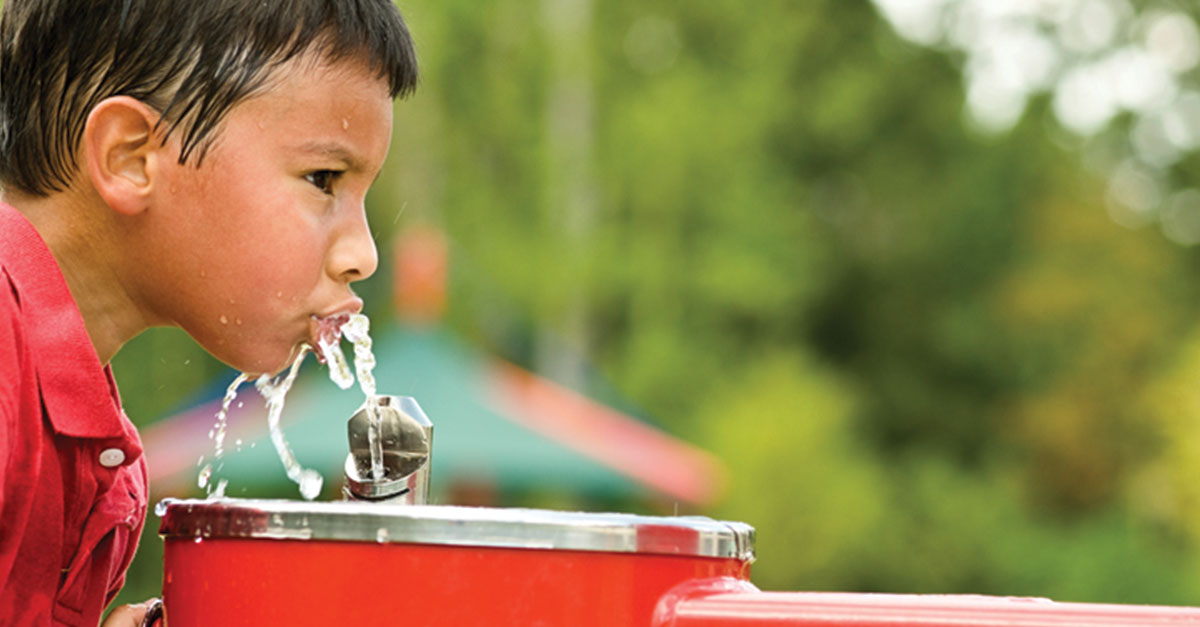Results of lead tests released in May by the Environmental Working Group (EWG) show one in four California child care centers have alarming levels of lead in drinking water, putting children at risk for serious long-term complications that could impact their education and health outcomes.
“Today’s findings are deeply concerning, as children’s small bodies make them especially susceptible to the most harmful impacts of lead exposure,” Tasha Stoiber, a senior scientist at EWG, said in a statement. “Children absorb half the lead they ingest, and malnourished children absorb it faster. The health hazards for children in child care facilities drinking lead throughout the day, and for infants drinking formula mixed with contaminated water, are grave. Even at low levels, lead exposure in children is linked to developmental delays, damage to the central and peripheral nervous system, and impaired blood cell function.”
Nearly 1,700 licensed child care centers across the state have exceeded the amount of allowable lead in drinking water given daily to preschool-age children and infants — a number researchers said will likely grow as more test results are disclosed.
One site located in San Diego tested at 11,300 parts per billion (ppb), 2,200 times the amount of lead allowed in child care center drinking water. These levels are comparable to some of the highest amounts of lead detected in Flint, Michigan.
Lead is typically found in older pipes, water fountains, faucets, solder and other plumbing fixtures. This is particularly true for schools built before 1986, when the Safe Drinking Water Act reduced the amount of lead content in water. Older pipes, too, can corrode and result in lead mixing into the water supply.
Lead exposure can affect cognitive abilities and academic achievement, and exposure cannot be reversed and has a life-long impact. According to the American Academy of Pediatrics (AAP), more than 24 million children in America lose IQ points due to exposure to even low levels of lead.
According to the Environmental Protection Agency, low levels of lead exposure in children have been linked to damage to the central and peripheral nervous system, learning disabilities, shorter stature, impaired hearing and impaired formation and function of blood cells. Additionally, as much as 20 percent of a child’s exposure to lead comes from drinking water.
While both the AAP and the Centers for Disease Control and Prevention conclude there is no safe level of lead in drinking water, the AAP recommends that lead in water not exceed 1 ppb. California law sets a limit of 5 ppb in drinking water in child care centers.
Under Assembly Bill 2370, licensed child care centers are required to test their tap water for lead contamination and centers must lower lead levels that exceed a threshold. The bill’s author, Assemblymember Chris Holden (D-Pasadena), introduced AB 249 this year, which requires a community water system that serves a school site to test for lead in each of the school site’s potable water system outlets on or before Jan. 1, 2027. If the lead level exceeds five ppb, the bill requires the LEA to take immediate steps to make inoperable and shut down from use all fountains and faucets where the excess lead levels may exist, and ensures that a potable source of drinking water is provided for pupils.





